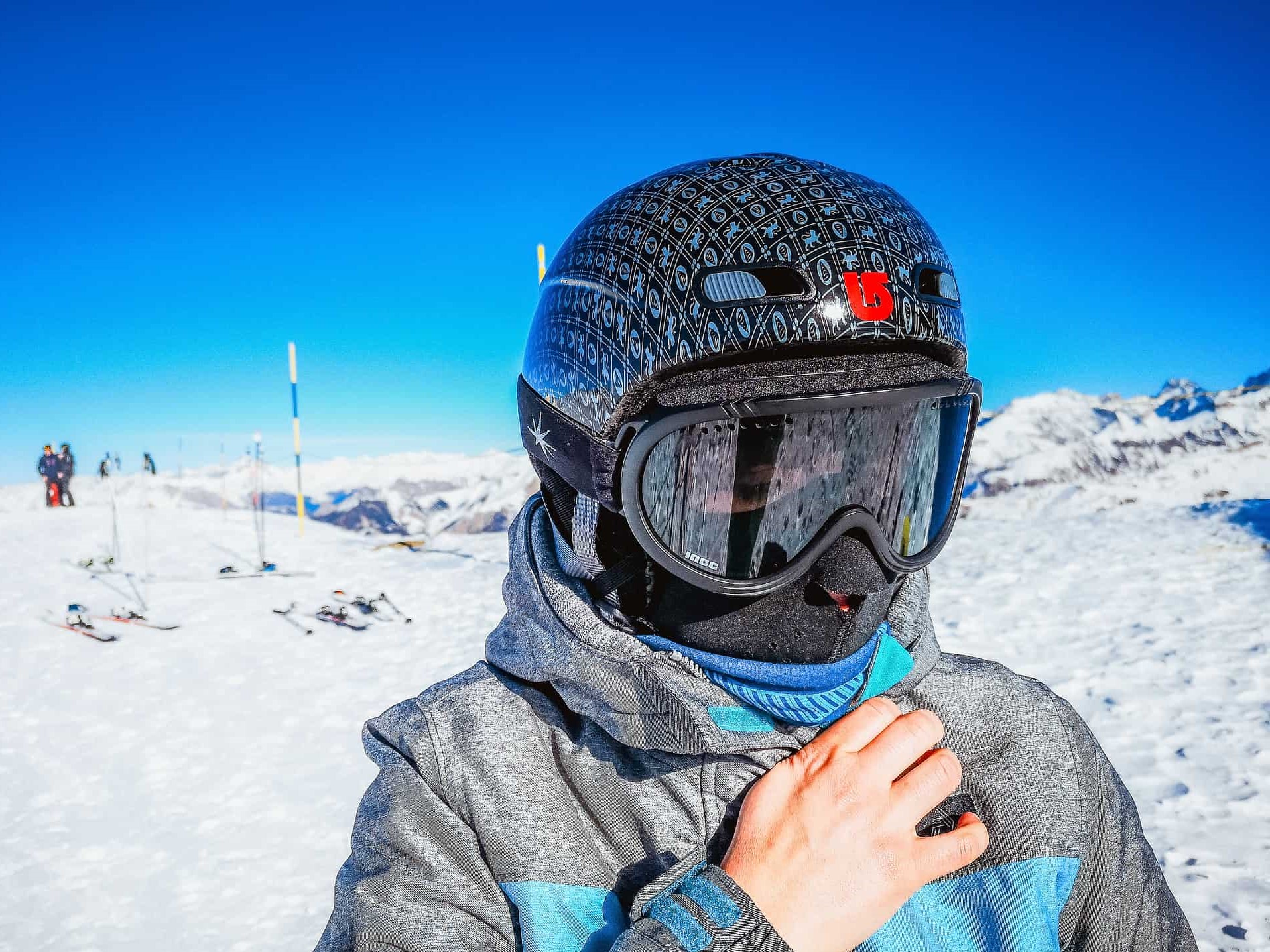Last updated on October 27th, 2022 at 01:49 pm
There is indeed a lot of crossover between wardrobes in winter sports. In fact, ski pants, base layers, and gloves are a great example. Understandably, this leaves many wondering ‘do you need ski goggles to snowshoe?’
Ski goggles are tested for bright and fast downhill travel. And, for a scenic tour on snowshoes these can work great. However, if you have a pair that easily fogs up, you may want to opt for winter sport sunglasses.
Using Ski Goggles For Snowshoeing
Firstly, hey, if you’ve got them, why not!
However, they may not be ideal. For instance, if you have ski goggles without anti-fogging properties, you may find yourself in a pickle mid-hike.
Furthermore, skiers know that fogging can be a real problem on the slopes, and therefore find yourself bundling up your nose and mouth. This works perfectly well where it’s chillier at high altitudes, and while wind rushes past you on downhill skis.
Conversely, a hike in snowshoes is much more aerobic as you trudge through deep snow using hiking poles. As a result, you may find that covering your mouth and nose will be just too hot while snowshoeing.
However, ski goggles with anti-fogging properties should work fine otherwise. For open ground wear these colors:
- Yellow
- Rose
- Grey
- Amber
Can I Wear Sunglasses to Snowshoe
Alternately, sunglasses work just fine in a snowshoe setting.
In fact, there are many winter sport glasses that protect from snow blindness and provide ample ventilation for top performance.
Furthermore, we cover this and other reasons to opt for lightweight sunglasses in our Best Sunglasses for Snowshoeing post.
Regardless of your choice in eyewear, it is extremely important to wear eye protection while snowshoeing to prevent sun blindness, eye strain, and glare.
Image Credit: Marco Verch Professional Photographer|(source)| Attribution 2.0 Generic (CC BY 2.0) — reduced file size and image

